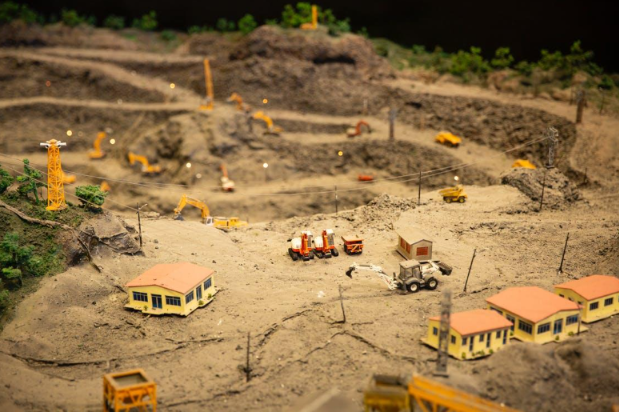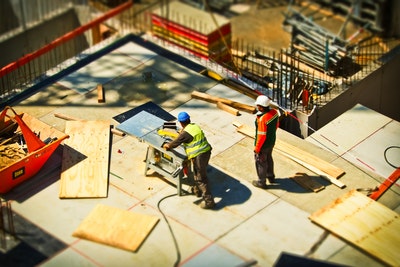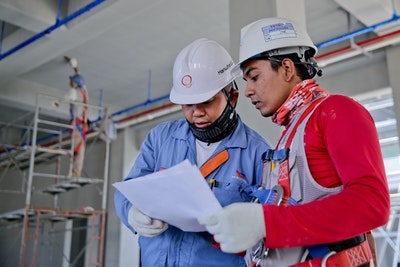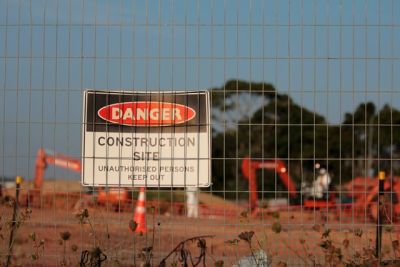How Construction Companies Can Manage Surface Water Run-Off More Effectively

Managing surface water is increasingly important during construction projects due to fears about damaging local water supplies.
Uncontrolled run-off can easily contaminate the surrounding water supplies and damage the entire ecosystem.
As a construction company, it’s vital that you prevent this because there are regulations in place to protect water supplies and if you are seen to be damaging the environment, this creates a lot of negative press.
Follow this process during construction projects to manage surface water issues and protect the surrounding environment.
Know Where The Receptors Are
The receptors are any body of water that can be affected by run-off from your construction project.
This includes rivers, lakes, canals, streams, and estuaries. It’s vital that you know where all of the surrounding receptors are so you can start putting a plan in place to protect them and redirect surface run-off.
Redirect Non-Site Water
If your construction project is in an area close to a water source, it’s vital that you separate your site from the non-site water, which can be a challenge.
All of that water will need to go somewhere, so you will have to build a drainage system to redirect it around the site without contaminating it. If you want to build trust in your construction business, it’s vital that you do this in the right way and you get all of the necessary paperwork signed off beforehand.
Any mistakes could be disastrous, so give yourself plenty of time to implement this when planning the schedule for the project.
Pump Out Wastewater
Any wastewater that would ordinarily run off into the surrounding receptors needs to be managed in the right way. If not this could harm the pump and you may need to contact Pump Repair Services to help you fix the pump correctly.
Using a high-quality pump like the Berkeley B3ZRM to pump it out and redirect it is the best way to manage it. This gives you complete control over where it goes, so you can ensure that it is treated properly and doesn’t contaminate the surrounding water sources.
Slow Silt-Laden Run-Off To Allow For Purification
Silt-laden water that runs into surrounding water sources needs to be slowed down.
This gives more opportunity for the heavy silt to sink to the bottom, leaving clean water running back into the surrounding water supply. This can be achieved with check dams and shallow ponds in the treatment system.
By removing the silt from the water in this way, you can prevent it from ending up in the receptors and damaging the water quality.
Always Plan For Excess Water
When you are designing your systems for treating and managing wastewater run-off, you should always overestimate. You can’t predict the weather and if there is heavy rain, your systems can quickly become overwhelmed.
That means that the whole thing breaks down and you end up with a whole lot of contaminated run-off into local water sources. So, it’s best to create a system that can handle way more water than you think you need to. That way, you’re prepared for anything and you won’t be caught out by any sudden changes to the weather.
Work with Specialized Environmental Services Early On
One of the smartest steps a construction company can take is partnering with specialized environmental services during project planning. These professionals play a critical role in helping manage surface water runoff—something that, if overlooked, can lead to erosion, flooding, or regulatory trouble.
Take stormwater management as an example. Construction sites often disturb soil, which increases the chance of sediment and contaminants entering nearby waterways. Stormwater services help you put proper controls in place, like sediment basins, silt fences, and skimmer systems. They also assist with regular inspections, documentation, and ensuring compliance with MS4 and local environmental regulations.
By involving these experts early, you don’t just check off a compliance box; you reduce risks, avoid costly rework, and keep your site safer and more efficient from day one.
Follow these steps to make sure that you handle surface water properly during your next construction project.






